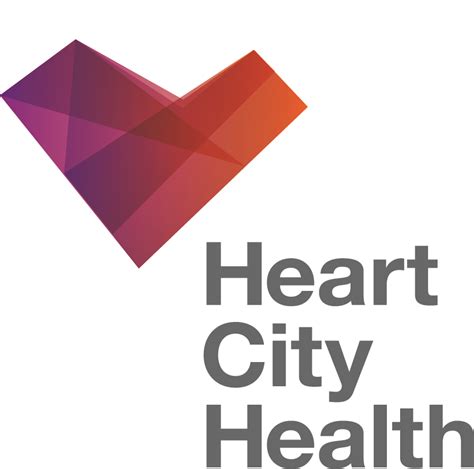Health and Hazard Awareness

Introduction to Health and Hazard Awareness
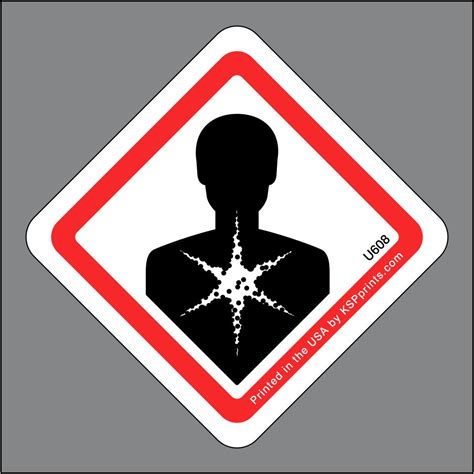
In today’s world, health and safety are of paramount importance, and it is crucial to be aware of the potential hazards that surround us. Whether it is in the workplace, at home, or in public, being informed about the risks and taking necessary precautions can help prevent accidents and ensure a safe and healthy environment. This awareness is not only essential for individuals but also for organizations, as it can help reduce the risk of lawsuits, fines, and damage to their reputation. In this blog post, we will delve into the world of health and hazard awareness, exploring the different types of hazards, their effects, and the measures that can be taken to mitigate them.
Types of Hazards
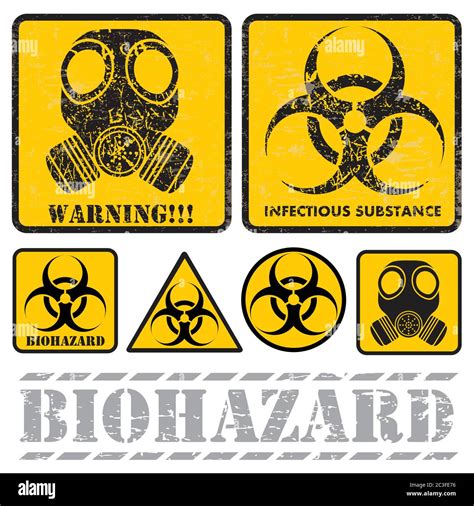
There are several types of hazards that can be categorized into different groups. Some of the most common types of hazards include: * Physical hazards: These are hazards that can cause physical harm, such as slips, trips, and falls, cuts, and bruises. * Chemical hazards: These are hazards that can cause harm through exposure to chemicals, such as toxic substances, corrosive materials, and flammable liquids. * Biological hazards: These are hazards that can cause harm through exposure to living organisms, such as bacteria, viruses, and fungi. * Psychological hazards: These are hazards that can cause harm to a person’s mental health, such as stress, anxiety, and depression. * Environmental hazards: These are hazards that can cause harm to the environment, such as pollution, climate change, and natural disasters.
Effects of Hazards
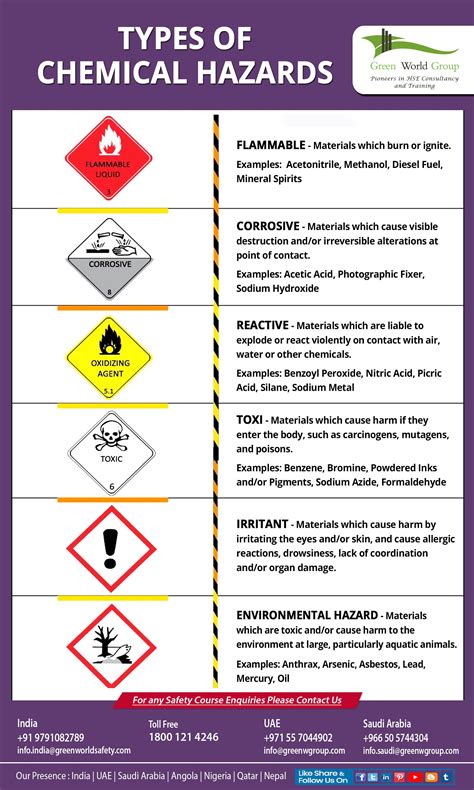
The effects of hazards can be severe and long-lasting, not only for individuals but also for organizations and the environment. Some of the effects of hazards include: * Injuries and illnesses: Hazards can cause physical harm, leading to injuries and illnesses that can be debilitating and even life-threatening. * Property damage: Hazards can cause damage to property, such as buildings, equipment, and vehicles. * Environmental damage: Hazards can cause harm to the environment, such as pollution, climate change, and natural disasters. * Financial losses: Hazards can result in financial losses, such as medical expenses, lost productivity, and damage to property. * Reputational damage: Hazards can damage an organization’s reputation, leading to a loss of public trust and confidence.
Measures to Mitigate Hazards
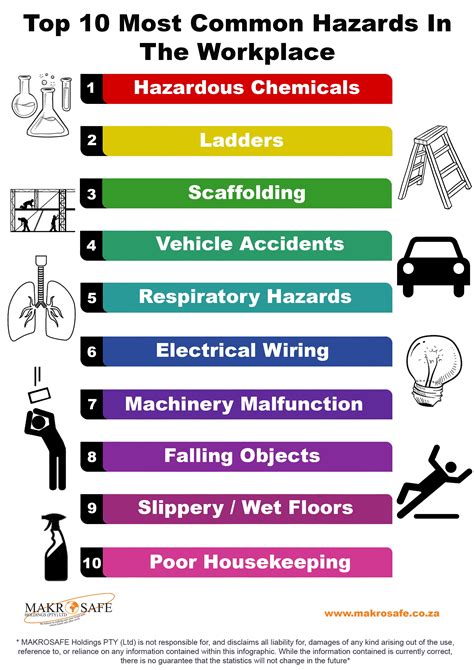
There are several measures that can be taken to mitigate hazards and prevent accidents. Some of these measures include: * Risk assessment: Identifying potential hazards and assessing the risks associated with them. * Safety protocols: Implementing safety protocols, such as safety procedures, emergency response plans, and training programs. * Personal protective equipment: Providing personal protective equipment, such as hard hats, gloves, and safety glasses. * Regular maintenance: Regularly maintaining equipment and facilities to prevent wear and tear. * Employee training: Providing employee training on safety procedures, emergency response plans, and hazard awareness.
📝 Note: It is essential to regularly review and update safety protocols and procedures to ensure they remain effective and relevant.
Importance of Health and Hazard Awareness
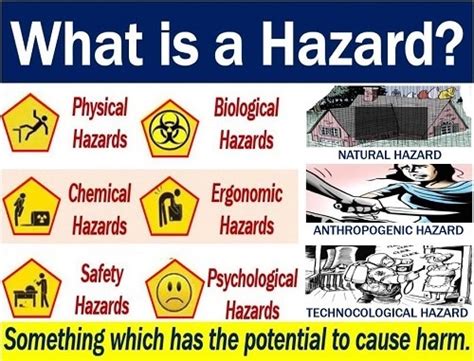
Health and hazard awareness is crucial for several reasons. Some of the importance of health and hazard awareness include: * Prevention of accidents: Health and hazard awareness can help prevent accidents and injuries by identifying potential hazards and taking necessary precautions. * Protection of employees: Health and hazard awareness can help protect employees from harm by providing them with the necessary training and equipment to perform their jobs safely. * Compliance with regulations: Health and hazard awareness can help organizations comply with regulations and standards, reducing the risk of fines and penalties. * Enhanced reputation: Health and hazard awareness can enhance an organization’s reputation by demonstrating a commitment to safety and the well-being of employees and the environment. * Reduced costs: Health and hazard awareness can help reduce costs associated with accidents, injuries, and illnesses, such as medical expenses and lost productivity.
| Type of Hazard | Examples | Effects |
|---|---|---|
| Physical hazards | Slips, trips, and falls, cuts, and bruises | Injuries and illnesses, property damage |
| Chemical hazards | Toxic substances, corrosive materials, flammable liquids | Injuries and illnesses, environmental damage |
| Biological hazards | Bacteria, viruses, fungi | Injuries and illnesses, environmental damage |

In summary, health and hazard awareness is critical for preventing accidents, protecting employees, and complying with regulations. By understanding the different types of hazards, their effects, and the measures that can be taken to mitigate them, organizations can reduce the risk of accidents, injuries, and illnesses, and enhance their reputation. It is essential to regularly review and update safety protocols and procedures to ensure they remain effective and relevant. By prioritizing health and hazard awareness, organizations can create a safe and healthy environment for employees, customers, and the environment.
What are the most common types of hazards?
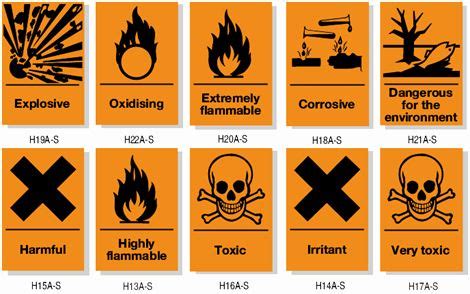
+
The most common types of hazards include physical hazards, chemical hazards, biological hazards, psychological hazards, and environmental hazards.
What are the effects of hazards?
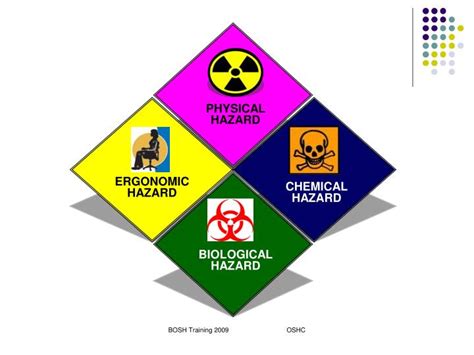
+
The effects of hazards can include injuries and illnesses, property damage, environmental damage, financial losses, and reputational damage.
How can hazards be mitigated?
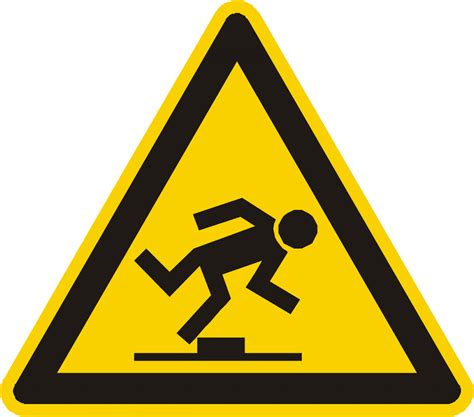
+
Hazards can be mitigated by implementing safety protocols, providing personal protective equipment, regularly maintaining equipment and facilities, and providing employee training on safety procedures and hazard awareness.
Related Terms:
- Health hazard symbol
- Biological hazard
- Health hazard contoh
- Type of hazard
- What is hazard
- Health hazard petunjuk

